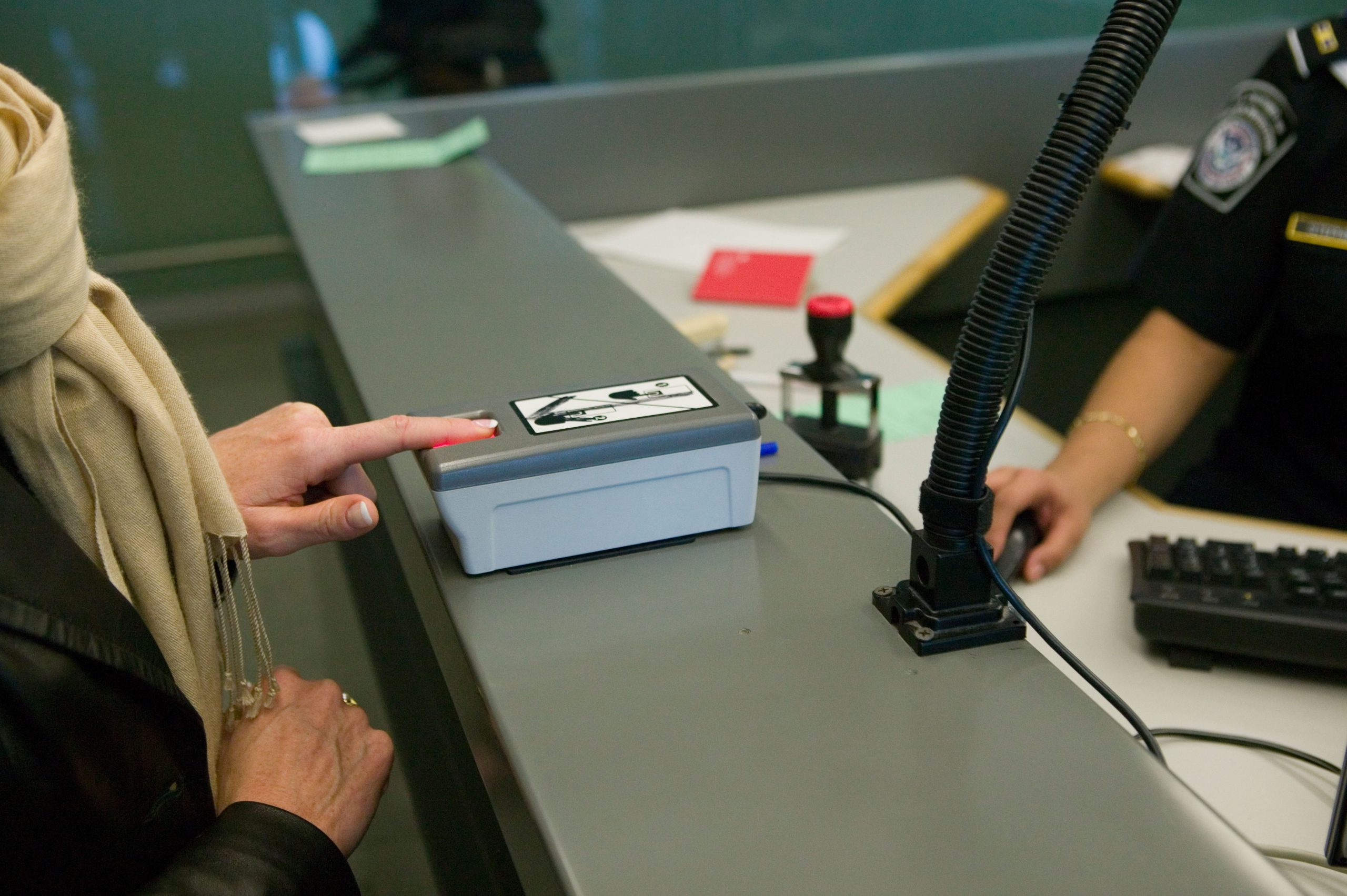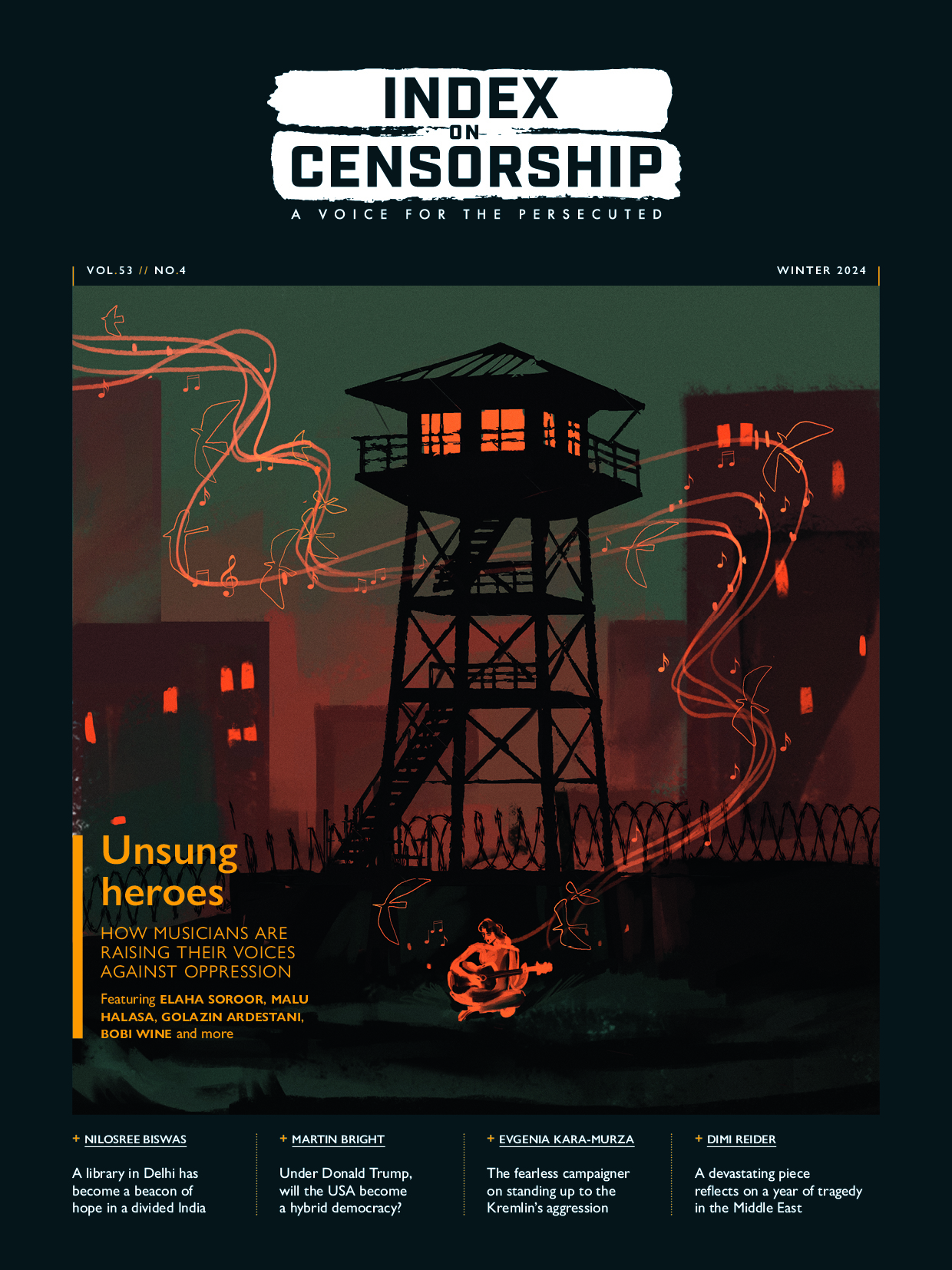Since the internet was introduced in 1995 in India’s major cities of Delhi, Mumbai, Chennai and Kolkatta, it has steadly grown in urban areas. By 1998, India has its first Internet Service Provider, Sify (later sold for $155 million). By 2001, India has its first crime branch. By 2005, the country had over 200,000 internet cafes. Facebook arrived in 2006, and in 2009, the government drafted policy on Indian language internet domain names.
As individuals in cities stock up on phones, laptops and tablets, accessing free wifi at more and more public places, the question of digital access in rural India still remains. Over the last decade, The National e-Governance Plan sought to bridge this gap by establishing a Common Service Center in each village. A CSC, as it is known, is a public-private partnership and operates as a one-stop hub for online government services (e-delivery) such as payment of certain utility bills, birth and death certificates, university exam results and such.
However, the overall experiment has revealed that the CSCs do not function equally. People do not need to use these government facilities more than once a month (if that), so unless the private entrepreneur is savvy enough to generate other income from the hub, it is not profitable to run. As well as this, irregular electricity supplies often restrict the timings of the CSC. And finally, while a public office with computers serves some purpose, it cannot substitute having personal connections in people’s homes.
This is why the government of India proposed a National Broadband Network, which will essentially lay out a fibre-optic cable across the country to achieve last mile connectivity. The idea behind this is simply that the network, like roads, will be provided by the government to then encourage private operations to start services those previously untouched areas. The government has committed about $4 billion to build the network that is projected to connect 250,000 village headquarters. One can only hope that it does not become mired in allegations of corruption, like so many other government projects in India.

— Of the 937.70 million telecom subscribers in India, 63.5 per cent are from urban areas
To understand India, you first need to look at some numbers. As of September 2012, the Telecom Regulatory Authority of India revealed that in a country of 1.24 billion people, there are a total of 937.70 million telecom subscribers, including both wireless and wireline. Of these, 595.69 million or 63.5 per cent are from urban areas, while the rest, 342.01 million or 36.47 per cent are from the rural areas. The overall teledensity of the country is 77.04 per cent, with urban pockets at a whopping 161.13 per cent compared to 40.36 per cent in rural areas. Finally, the total number of internet subscribers in India (excluding those who use it on their mobile phones) is 24.01 million, a 5.97 per cent jump from the previous quarter. Some studies put mobile 3G subscriptions at 30 million, as of late 2011.
The figures reveal two important details. The first is that while there are many subscribers for telecom, that does not translate to each citizen owning a phone. In fact, the discrepancy between urban and rural teledensity, compounded by the very low broadband penetration in the country all point to the woefully inadequate job by both government and markets to connect much of rural India.
The solution to digital constraints in rural India has been one of hits and misses in the recent past. In terms of policy, India’s objectives have remained to some degree, quite ambitious. The 2012 Telecom Policy aims to take rural teledensity to 60 per cent by 2017 and one hundred per cent by 2020. The methods, however, are being changed as we speak.
In 2002, the government had constituted a Universal Service Obligation Fund, with the overall intention of encouraging private telecom operators to service remote and less lucrative markets. It did not work, as many service operations opted to pay a penalty instead of rolling out service in commercially unviable regions. For example, villages in India can often have only 500 residents, or be so poor that companies cannot even be guaranteed a minimum number of subscribers to justify their spending on infrastructure. At the same time, the high volume of mobile phones and internet subscriptions in the urban areas suggest that the market has successfully serviced cities, but is not incentivised enough to reach the deepest pockets of India.
While the government will be watched closely to see if it can deliver the network infrastructure it has promised to rural India on time, another facet of an inclusive digital development needs to be kept in mind. Right now, the internet in India serves populations who can read and write in some of the dominant languages including English, Hindi and some prominent state languages. However, as homes in smaller corners of the country get connected, everything from keyboards to content will have to cater to local dialects.
At the same time, outside of big e-commerce portals, projects that serve the smallest customer will be the only way the internet becomes relevant and constructive to rural India. Else, it will solely become a vehicle to youtube videos, Bollywood and cricket updates and let’s face it, porn.
When the final tabulation is done, it seems the government of India has understood all too well that leaving last mile of internet connectivity to commercial companies is not a viable strategy. Another reason they are taking up the challenge with a degree of renewed vigor is that they have pinned high hopes on their ability to deliver government services and crucial information in a more efficient manner through the net. To that end, the information highway needs to be established, so that the distance between the digital haves and digital have-nots does not increase any further.
The recent $1 million TED prize-winning education researcher Dr Sugata Mitra’s ground-breaking project, Hole in the Wall, demonstrates that all that is really needed to spur learning is access to information. In this case, Dr Mitra left an internet connected PC in a hole in a wall, and left to their own devices, slum children quickly learned how to use the computer and go online. Imagine the possibilities if they can grow up as digital natives.




